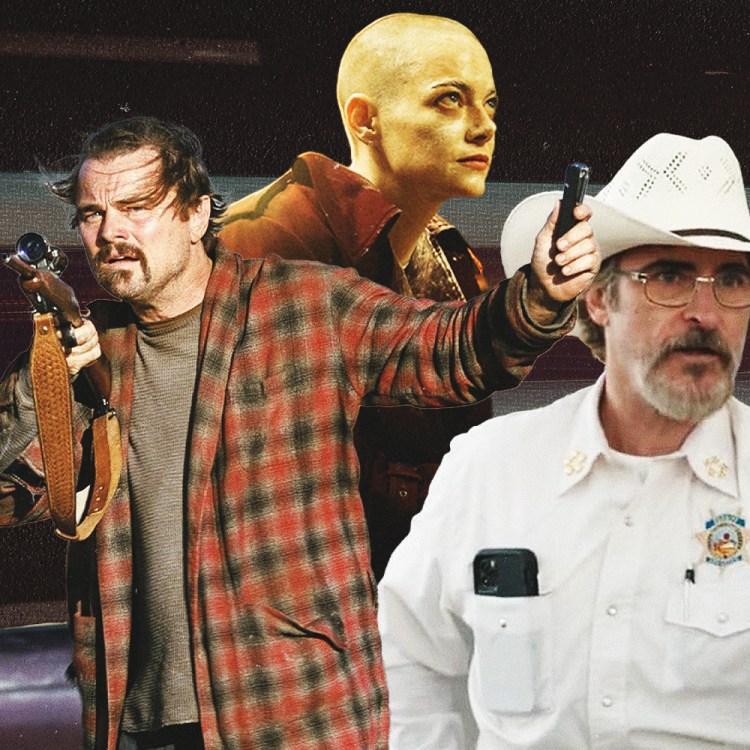An analysis of nearly 2,000 movie scripts by data scientists found that Hollywood’s gender disparity problem encompasses a character’s screen direction — not just their dialogue. Female characters are overwhelmingly told to act like a damsel in distress while men take action.
I have a new visual essay up at @puddingviz! Text mining and gender roles from set directions in film scripts ??? https://t.co/KFMzwI5vi2 pic.twitter.com/Yl3GMdC2zf
— Julia Silge (@juliasilge) August 22, 2017
“Relative to men,” the analysts write, “women gasp, hurry, smile, hesitate, and stir (mostly while cooking), regardless of whether the writer is a man or a woman. Men are consistently more likely to smash things, draw their weapons, grin, wink, point, talk, and speak.”
A famous example the analysts point to is the screen direction for Titanic’s iconic “flying” scene.
"Rose gasps. There is nothing in her field of vision but water...She leans forward, arching her back. He puts his hands on her waist to steady her. Rose closes her eyes...she smiles dreamily, then leans back, gently pressing her back against his chest. He pushes forward slightly against her."
The analysts note that the dialogue is not the most important component to consider when analyzing gender stereotypes in this scene; it is the instruction Rose is given to “gasp” and “smile dreamily” as Jack “pushes against her.”
“Should Hollywood reach gender parity,” writes lead analyst Julia Silge, “we’d expect fewer women characters to respond, kiss, and cry. The increase in female writers would also mean women would be more likely to spy, find things, and, perhaps most remarkably, write onscreen.”
This article appeared in an InsideHook newsletter. Sign up for free to get more on travel, wellness, style, drinking, and culture.
























